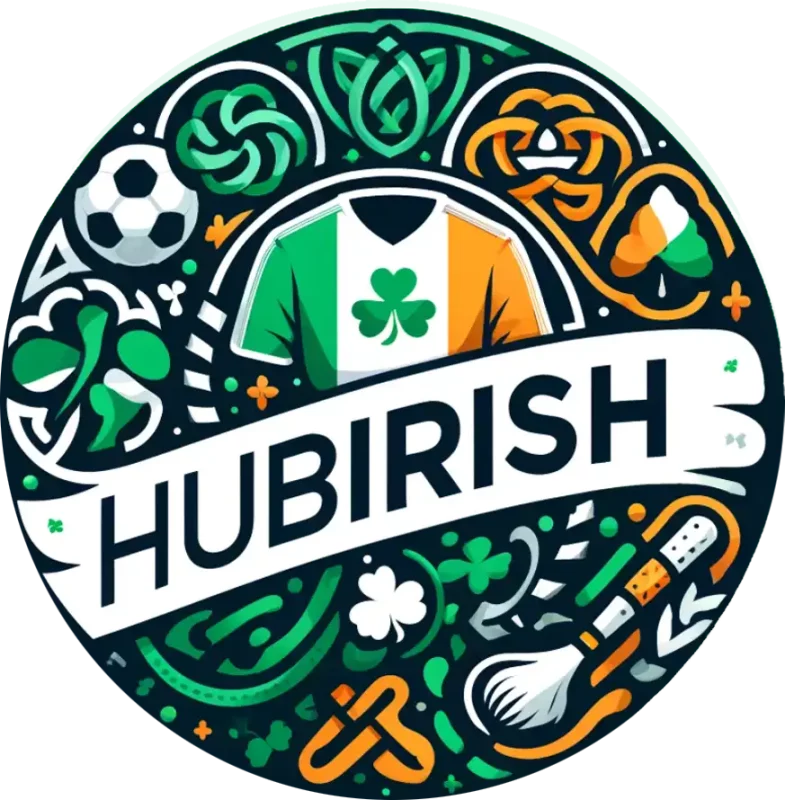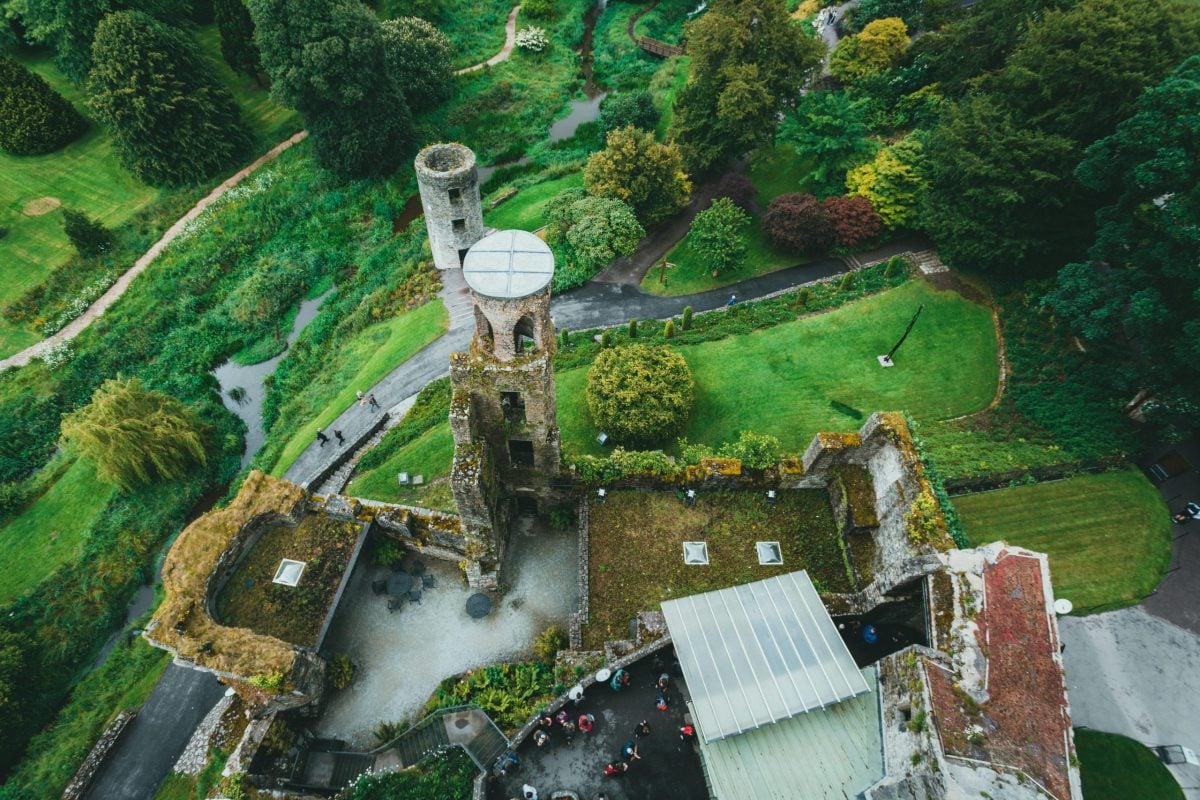Uncategorized
Remembering Bloody Sunday and Its Heroes
The Day Our Heroes Became Ghosts: Remembering Bloody Sunday
Estimated reading time: 5 minutes
- The devastating events of Bloody Sunday and its significance
- The legacy of the heroes lost
- The cultural reflection of horror through music
- Lessons learned from the past and present
- Frequently asked questions about Bloody Sunday
A Devastating Morning in Derry
Picture a crisp January morning in Derry, the skyline punctuated by the shadows of the city’s past—walls that still breathe stories of division and strife. On this particular day, a peaceful civil rights march was organized, a protest demanding equality and justice for the predominantly Catholic population in Northern Ireland, who faced systemic discrimination. Their cry was clear: they envisioned an Ireland where hope conquered hatred.
Among the crowd were fathers and mothers, brothers and sisters, all marching in solidarity, believing in the power of peaceful protest. Yet, unbeknownst to them, British soldiers were armed with intentions both violent and irreversible. The march turned into a nightmare as the clash of peaceful intentions met the brutality of armed troops.
The day left fourteen innocent souls dead—each one a life snuffed out too soon, their dreams dissolved into the ether. The aftermath became a chilling reminder of the lengths to which a society could go to silence dissent, turning heroes into mere memories, lost in time yet never truly gone.
The Heroes of Derry
Take a moment to grasp the significance of the individuals who fell that day. Names like John Johnson, a beloved father known for his infectious laugh; William Nash, just 19 years old and already a proud son of the revolution; and Michael Kelly, who had plans to propose to his sweetheart that very week, are not mere footnotes in history. They became symbols of resistance, martyrdom, and youthful dreams dashed against the stark reality of conflict.
The ghost of that day lingers in every whispered name, in every heart that remembers the light that was snuffed out way too soon. It reverberates through the annals of history, informing our understanding of the past—and propelling conversations about the present and future.
The Cultural Reflection of Horror
Through the sorrow, Ireland bore songs that honored their memories—melodies that would resound in Derry pubs and echo far beyond the emerald coast. The haunting strains of songs by legends like Christy Moore and The Wolfe Tones transformed tragedy into a communal experience. The music became a spellbinding tapestry woven from pain, defiance, and an ever-hopeful yearning for change, forever entwining the souls of those who marched with the lyrical power of rebellion.
In the echoes of these haunting ballads, one can sense the collective grief and determination of a people who refused to let their stories die. Martin McGuinness once famously said, “A bullet is a poor substitute for a ballot.” The protests forged in blood and sorrow fueled the political landscape of modern Ireland, reflecting the fight for justice not just as a struggle of arms but as one of words and community.
Lessons from the Past
As we honor the legacy of Bloody Sunday, it’s vital to understand that the echoes of the past inform our present. The strides made towards peace are monumental, yet they come with the scars of history. The ghosts of our heroes remind us that the fight for justice is ongoing—a torch passed from one generation to the next.
There’s also a strong sporting reflection in this narrative. The GAA, often argued as the heart of Irish communities, became a space where the memory of the fallen was ingrained. Derry GAA, for example, shows how sports can be a balm for collective wounds. Players bear the weight of history on their jerseys—not solely as athletes but as custodians of a rich, albeit painful, legacy.
Even at far-flung diaspora gatherings—from pubs in Boston to clubs in Sydney—blood ties, shared stories, and county jerseys serve as a bridge connecting the past with the present. The very fabric of GAA jerseys now embodies aspirations for a united and peaceful Ireland.
Did You Know?
- In the wake of Bloody Sunday, the GAA became a political tool as much as a sports organization, with jerseys symbolic of both regional pride and deeper sociopolitical struggles.
- More than 85% of Northern Ireland’s GAA memberships are from Catholic backgrounds, showcasing the organization’s role as a refuge and bastion of identity amidst turmoil.
- The 1972 tragedy led to the establishment of the Saville Inquiry, one of the longest and most expensive public inquiries in British history, not concluding until 2010—38 years later.
Confronting the Ghosts Today
The ghosts of Bloody Sunday remind us of the fragility of peace and the unyielding spirit of the Irish people. As we don our jerseys and gather with our kin, we’re not just honoring athletes; we’re embracing a lineage, stories penned in blood and spirit. To wear a jersey, whether it’s a Derry GAA home jersey or a throwback like the Ireland retro home soccer jersey, is to partake in a long tradition of remembrance and resilience.
Ultimately, Bloody Sunday teaches us to bear our heroes in our hearts—not as lost souls but as flames igniting our collective spirit for justice. They are not mere footnotes in history; they are the heartbeat of our identity as Irish people, both at home and in the diaspora. Their stories, though marked by tragedy, fuel our aspirations for justice, equality, and peace.
FAQ
Where can I find a retro Ireland jersey?
You can grab the 1990 Ireland soccer jersey for a proper throwback to Italia ’90.
Is there a jersey for the 1916 Rising?
Yes — we have a powerful Tipperary 1920 commemoration jersey that honors the day GAA became history.
As we remember the day when our heroes became ghosts, let us summon their spirit to ensure that we continue the fight for a fair and free Ireland. Let us wear our jerseys with pride, our hearts heavy yet resilient—a tribute to those who came before us and a promise to those yet to come.

